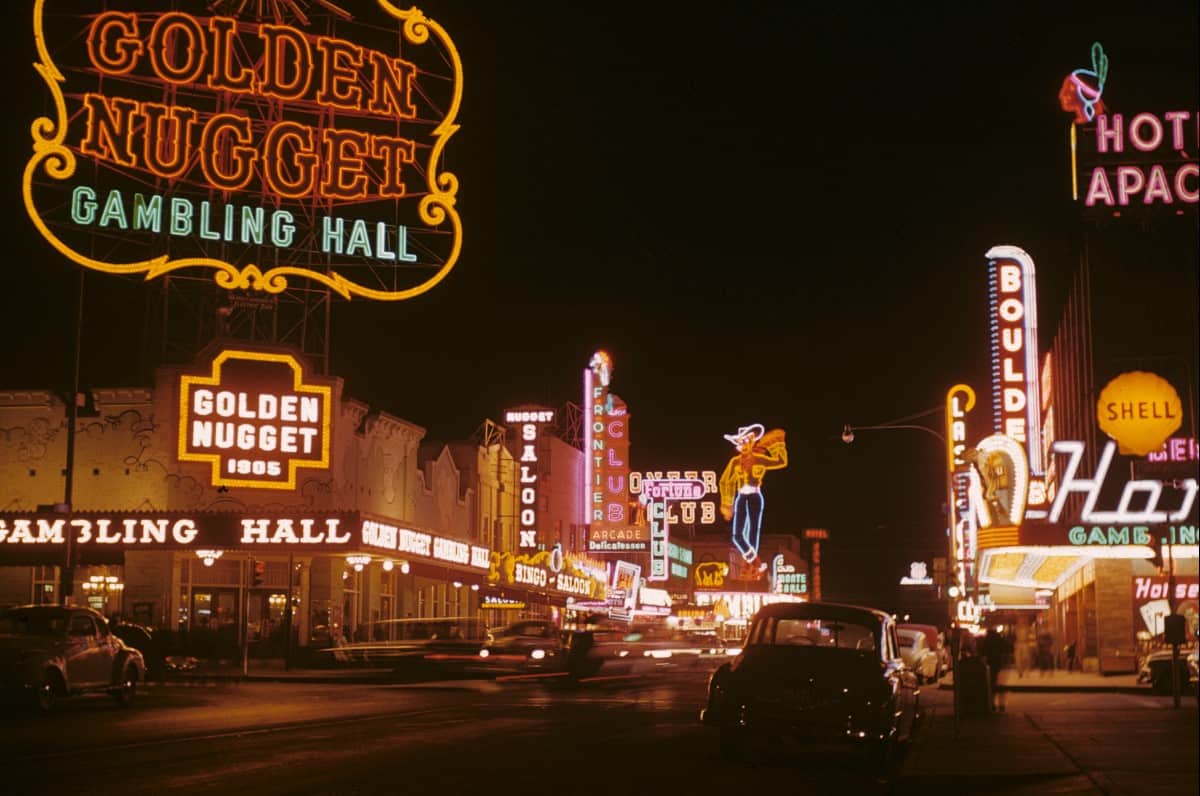
Fremont Street
Fremont Street, named after explorer and politician John C. Frémont, is a historic thoroughfare in Las Vegas. Dating back to the city’s founding in 1905, it holds a special place in the heart of the city.
Fremont Street’s Historical Significance
Fremont Street earned its place in history as the first paved street in Las Vegas in 1925. The Northern Club on Fremont Street was pivotal in gambling history, receiving one of Nevada’s first six gambling licenses in 1931.
Fremont Street Experience
The Fremont Street Experience is a must-see, offering an authentic Las Vegas vibe. Home to iconic establishments like the Golden Nugget, The Frontier Club, Binion’s Gambling Hall, and The Four Queens, it’s a haven for history enthusiasts. Additionally, the Mob Museum and Las Vegas Neon Museum, housing vintage neon signs, are must-visit attractions.
Fremont Street Canopy – A Visual Marvel
At the heart of Fremont Street lies the spectacular Fremont Street canopy. This 90-feet-high, over 1/4 mile long masterpiece, costing $32 million, boasts over 49 million LEDs. It undergoes constant transformations, creating a unique atmosphere, and is a major draw, attracting over 22 million visitors annually.
Why Some Prefer Fremont Street
Unique Atmosphere: Fremont Street exudes an old-school Vegas charm with vintage neon signs and historic casinos, providing an authentic and exciting experience.
Affordability: Compared to the Strip, Fremont Street offers more budget-friendly options for food, drinks, and entertainment.
Less Crowded: Fremont Street tends to be less crowded than the Strip, enhancing the ease of exploration.
Nostalgia: For many, Fremont Street invokes nostalgia, recalling the classic Vegas portrayed in movies and TV shows.
Better Value vs The Strip
Fremont Street, often dubbed the “old sawdust joints,” is home to some of the oldest and historic casinos in Las Vegas. Offering better odds on casino games and cheaper options for food and drinks, it’s a value-seeker’s paradise.
Casinos with Some History – A More Authentic Experience
Historic casinos like Main Street Station, El Cortez, and Golden Gate, dating back to 1906, provide a glimpse into the vintage era of Las Vegas. The street showcases vintage mechanical machines and penny slots for enthusiasts.
Family Friendly During the Day
Fremont Street transforms into a family-friendly destination during the day. However, as night falls, it becomes a lively adult-oriented scene with showgirls, live music performances, and bars serving drinks directly onto the street.
Fremont Street stands as a testament to the evolution of Las Vegas, offering a unique blend of history, entertainment, and value for those seeking an authentic Vegas experience.
Vegas History:
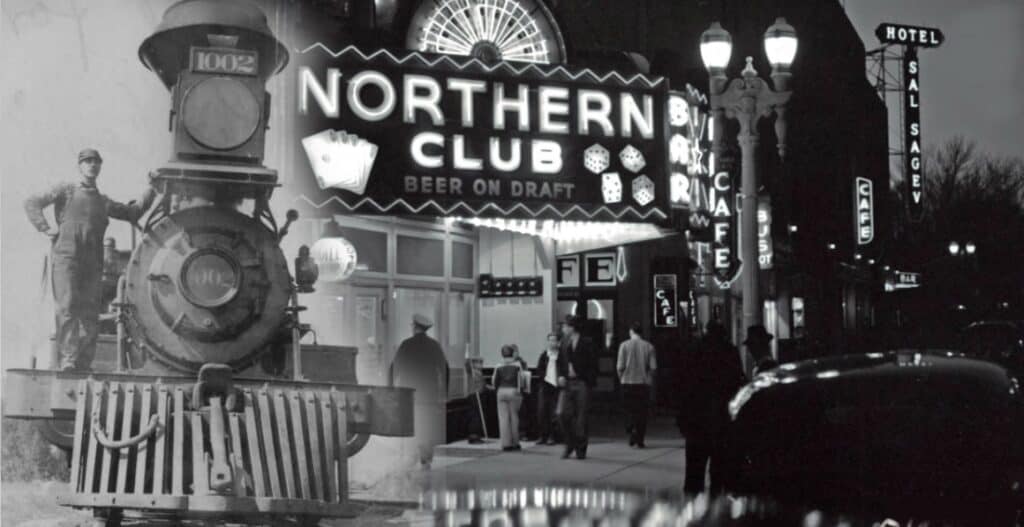
Las Vegas History: Railroad Development Paved the Way for Las Vegas to Become the Gambling Capital of the World
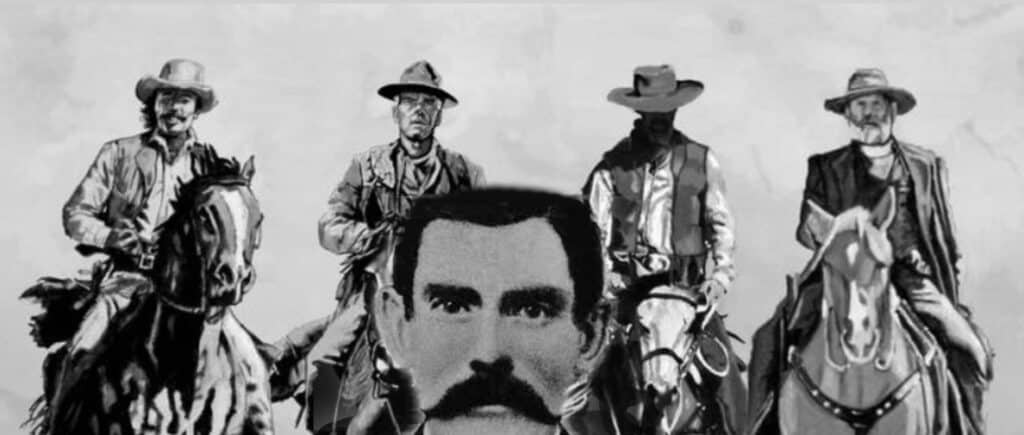
Las Vegas History: Doc Holliday Famous Gambler Gunslinger and Resident of Las Vegas
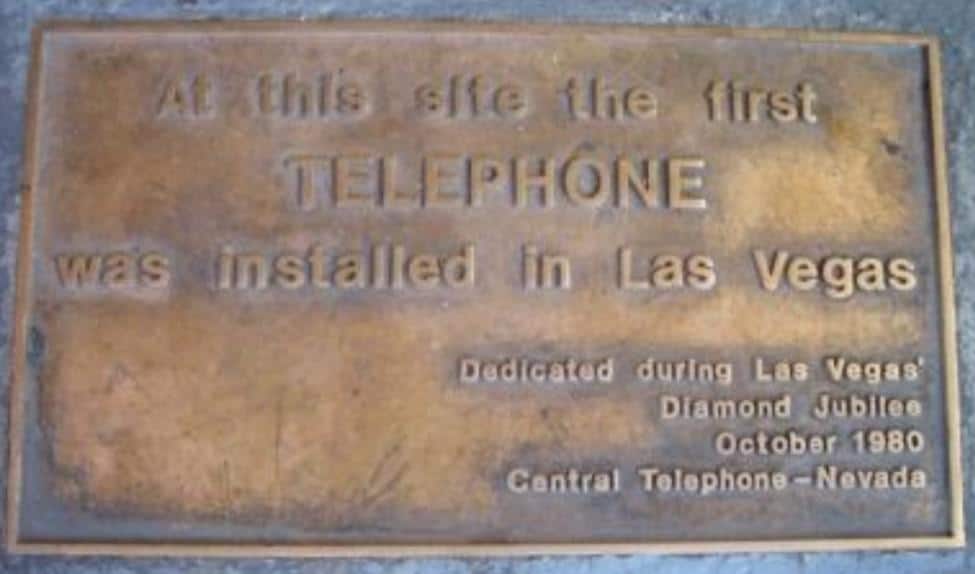
Las Vegas History: How Las Vegas’ First Telephone Exchange Made Bugsy Siegel’s Race Wire Possible

Las Vegas History: The Official Naming of Las Vegas 1905
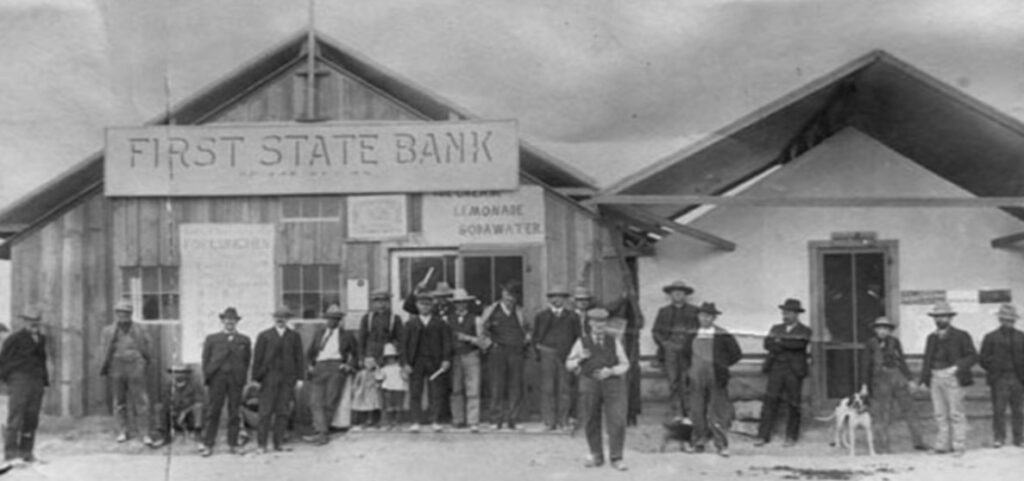
Las Vegas History: 1864 Las Vegas The Impact of Nevada Statehood
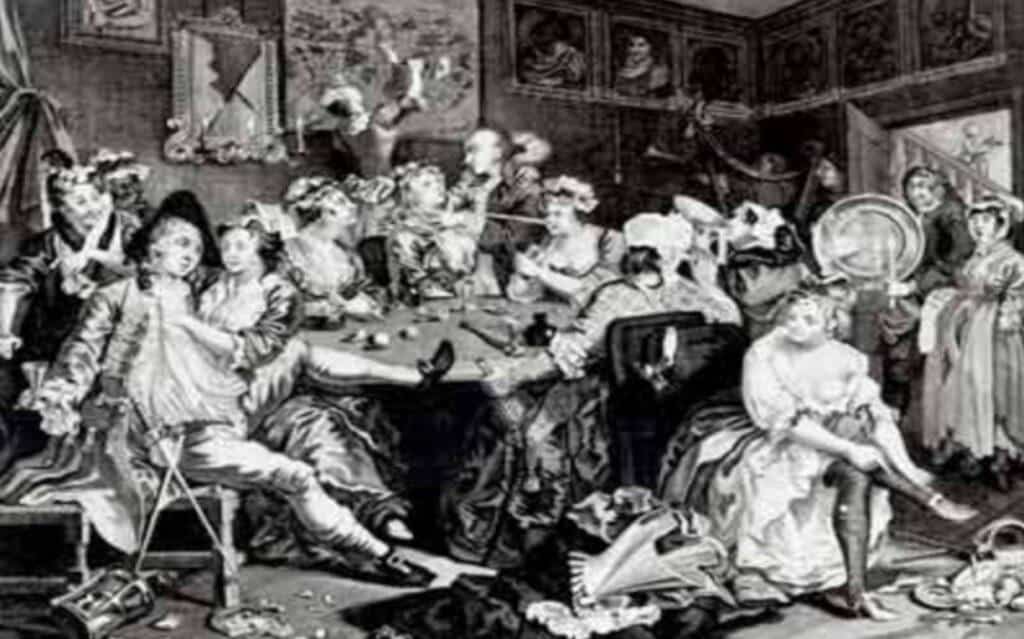
Las Vegas History: Las Vegas and It’s Vices in the 1850s
Frequently Asked Questions (FAQs):
1. What is the historical significance of Fremont Street?
Fremont Street is historically significant as the first paved street in Las Vegas, dating back to 1925. It played a pivotal role in the city’s early development, witnessing the issuance of one of Nevada’s first gambling licenses in 1931.
2. What is the Fremont Street Experience?
The Fremont Street Experience is a vibrant district in downtown Las Vegas, home to iconic casinos like the Golden Nugget, The Frontier Club, Binion’s Gambling Hall, and The Four Queens. It offers a nostalgic and authentic Las Vegas atmosphere.
3. What is the Fremont Street canopy?
The Fremont Street canopy is a visually stunning masterpiece suspended 90 feet in the air and over a quarter-mile long. It boasts over 49 million LEDs, creating dynamic and ever-changing atmospheres, making it a major attraction for visitors.
4. Why do some people prefer Fremont Street over the Strip?
Fremont Street offers a unique, old-school Vegas atmosphere with vintage neon signs and historic casinos. Some prefer it for its affordability, less crowded environment, and a sense of nostalgia for classic Vegas.
5. What attractions can be found on Fremont Street?
Fremont Street is home to attractions like the Mob Museum and the Las Vegas Neon Museum, showcasing the city’s rich history. Visitors can explore vintage casinos, street performers, and iconic neon signs.
6. How does Fremont Street compare to the Strip in terms of affordability?
Fremont Street is generally more affordable than the Strip, offering budget-friendly options for food, drinks, and entertainment. It is known for its cheaper casino games, lower table minimums, and free nightly light shows.
7. What makes Fremont Street family-friendly during the day?
During the day, Fremont Street offers a family-friendly environment with attractions suitable for all ages. Visitors can explore historic sites, vintage casinos, and enjoy a relatively quieter atmosphere.
8. What is the Fremont Street experience like at night?
At night, Fremont Street transforms into a lively adult-oriented scene with showgirls, live music performances, and bars serving drinks directly onto the street. The Fremont Street canopy comes alive with dazzling light shows.
9. Are there any casinos with historical significance on Fremont Street?
Yes, Fremont Street is home to historic casinos like Main Street Station, El Cortez, and Golden Gate, which opened in 1906. These establishments provide a glimpse into the vintage era of Las Vegas.
10. What is the overall appeal of Fremont Street?
Fremont Street appeals to visitors seeking an authentic Las Vegas experience with a blend of history, entertainment, and affordability. It stands as a testament to the city’s evolution, offering a unique and memorable destination.





